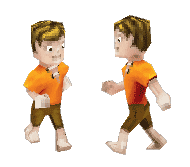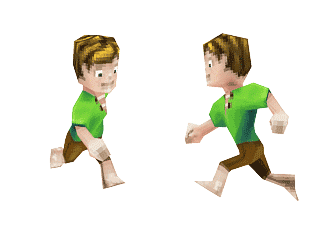So! The Steam Greenlight Concepts site is up…right here!
Sorry this took so long; I decided I didn’t want to just do a video; I wanted to make a new demo version of the game…which you can get right here!
I am seriously thinking about trying to kickstart this game and the feedback I get from the various places I’m going to post this will probably determine whether or not I do.
If you have any problems or anything else to say about the game, you can leave a comment here or email me at anthony.salter@gmail.com.
Have fun!
EDIT: What the heck, I’ll inline the new video:




